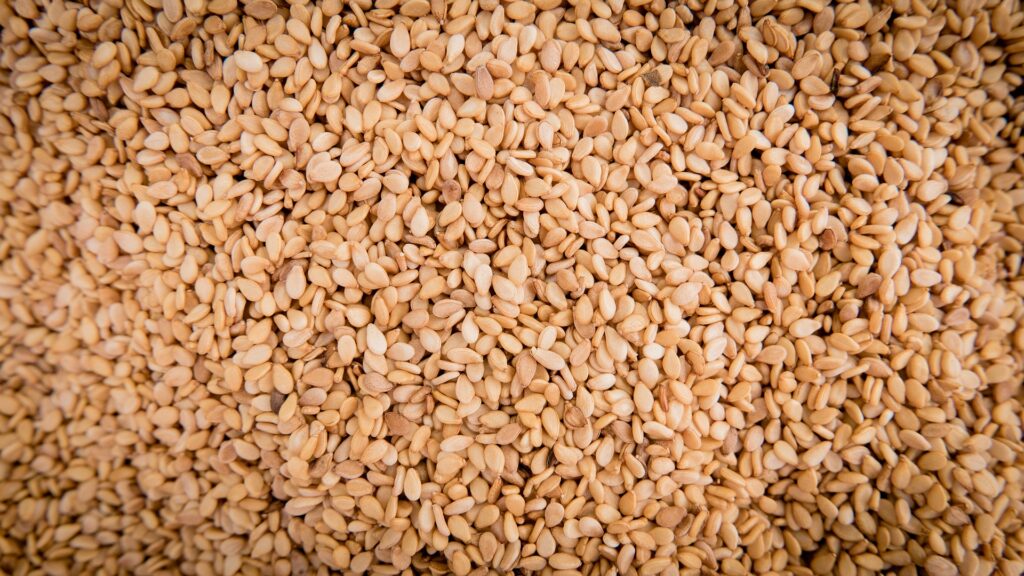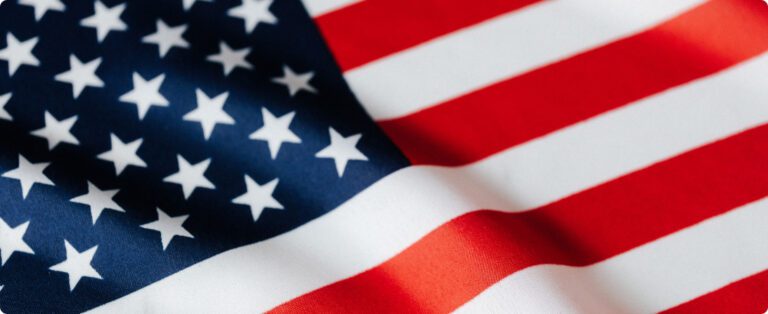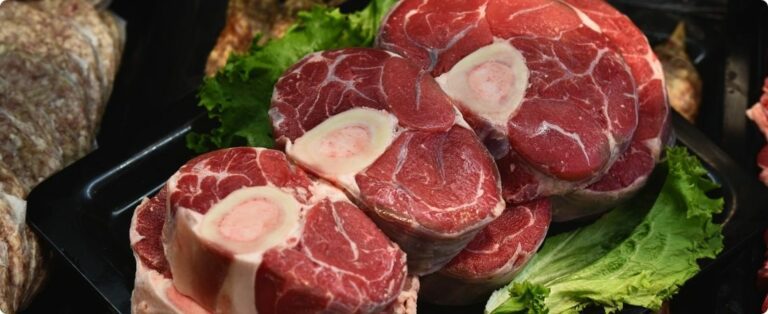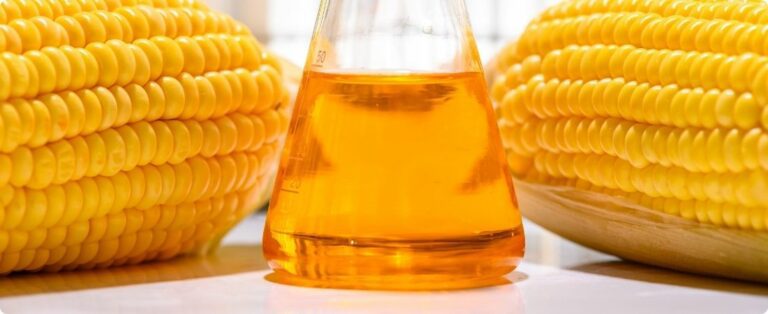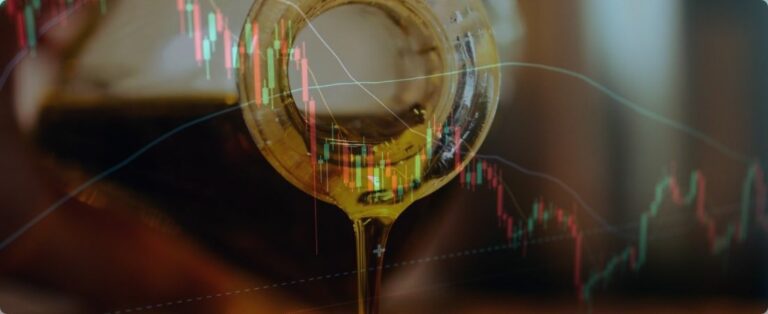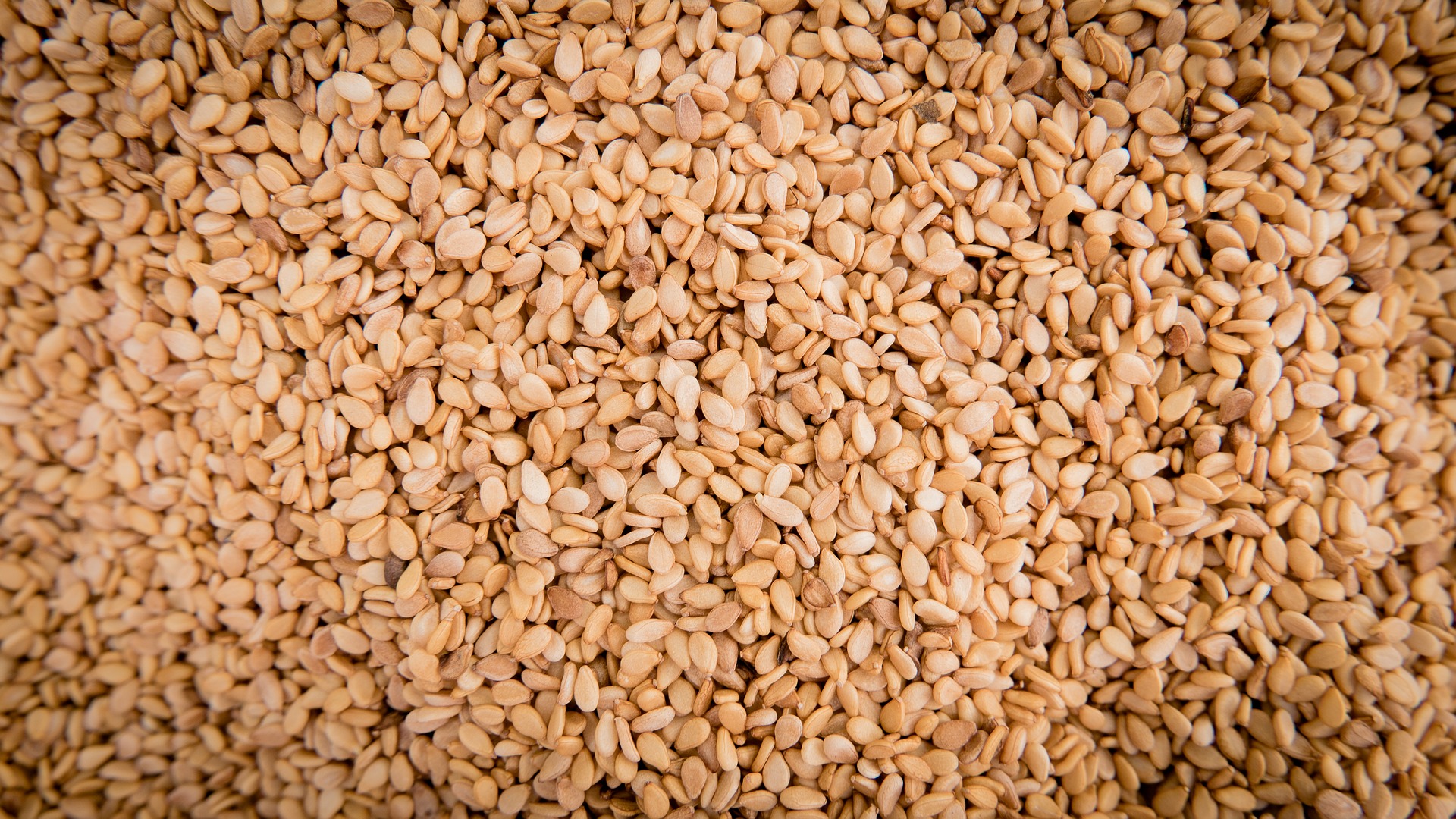
Image: Pixabay
Anyone who thinks that sesame is a cereal used only in hamburger buns is completely mistaken. The delicacy is used in countless Arab cuisine dishes, such as halawa, tahini, among other sweet and savory recipes used daily in Arab life. Faced with this important market segment, Brazilian rural producers began to invest in planting the cereal with a view to exporting to the Middle East. Thomas Raad, commodities trader and managing partner of Raad International Trading, highlights that when he discovered that Brazil was planting sesame, he identified a possible connection for the region due to the great demand and custom of using this food in Arab cuisine.
{module Form RD}
According to Raad, currently the world's largest producers are Myanmar, Tanzania, India and China. “However, Brazilian sesame has the quality to compete and is managing to keep up with international prices. Most of our customers were surprised, because they didn’t know that Brazil planted crops”, he says.
He says that the first shipment of Brazilian sesame was in 2018, produced in the state of Mato Grosso and exported to Jordan. “It was at a time when the market was still absolutely deserted,” he says.
Raad highlights that he has done work to show Brazilian producers that there is the possibility of entering new international agribusiness markets, leaving the soybean and corn binomial. “Although we are in a heated price phase, we need to diversify. Brazil has too much land that can be used in a million ways. We are bringing a cultivation alternative to these producers and offering their product to the international market”, he reports.
The commodities trader also reports that the potential for growth in Brazilian sesame exports is great. Although they are also producers of the cereal, last year India allowed imports of the product from Brazil with a very high demand from the Asian country. “We are currently waiting for import release from China”, he says.
The global sesame consumption market is expected to reach 9.5 million tons by 2025. “We want to position Brazil to be able to take advantage of this demand for the product”, concludes Raad.
By: Aline Merladete | agrolink

